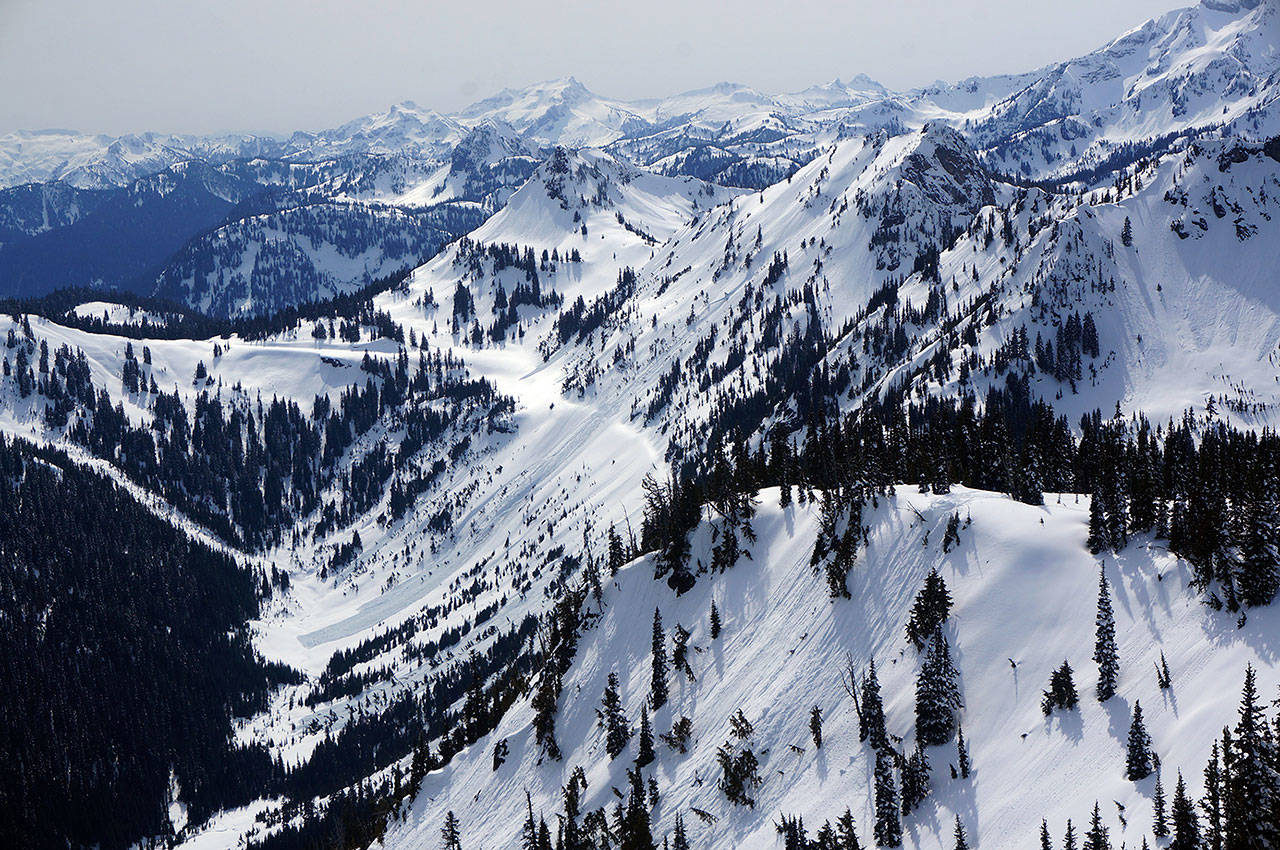Weather conditions alter the work schedule every year, but the gates to state routes 410 and 123 – which include Chinook and Cayuse passes – typically are closed to traffic in mid-November. Things were just a bit early this year, as the state’s Department of Transportation shut down mountain travel east of Enumclaw on Nov. 12.
Heavy snow and worsening travel conditions, combined with a forecast of more inclement weather on the way, prompted the WSDOT decision. It came just two days after the passes saw a 14-vehicle collision, which included commercial vehicles that are not allowed to travel through the park.
The decision to close both passes for the winter was made in coordination with Mount Rainier National Park. As part of the seasonal process, signs will be removed and facilities will be winterized before more heavy snowfall.
The annual highway closures are due to a variety of factors, all related to the heavy snows that accompany higher elevations. Those factors include avalanche danger, poor road conditions and a lack of emergency services in close proximity.
Chinook Pass, which sits at 5,430 feet above sea level, is closed between Crystal Mountain Boulevard, about 12 miles northwest of the summit, and Morse Creek, five miles east of the summit. Cayuse Pass (4,675 feet) is closed within the boundaries of Mount Rainier National Park between Crystal Mountain Boulevard and the park arch at milepost 2.5 at the southern park boundary.
How long will the two mountain passes be closed? Again, that depends upon the winter snows, along with DOT efforts to clear the highways. The department likes to have cross-state travel open for Memorial Day.
Travelers looking to stay up to date with mountain pass conditions can find information on a combined webpage (wsdot.com/traffic/passes) that features the status of closure and reopening efforts, current weather and more.
WSDOT OFFERS WINTER DRIVING TIPS
• Drive for conditions: slower speeds, slower acceleration, leave extra space between vehicles, give yourself more time and space to stop;
• Check to see if you have traction tires and chains;
• Know what the traction and chain requirements mean;
• Watch a video to learn how to install tire chains;
• Do not use cruise control;
• Four-wheel and all-wheel vehicles do not stop or steer better on ice;
• Leave extra room between your vehicle and the vehicle in front of you. And remember, the larger the vehicle, the longer the stopping distance;
• Slow down when approaching intersections, offramps, bridges, or shady spots;
• If you find yourself behind a snowplow, slow down and give the plow a little extra room;
• Slow down and be extra cautious near the chain-up and removal areas. There are often people out of their vehicles.


